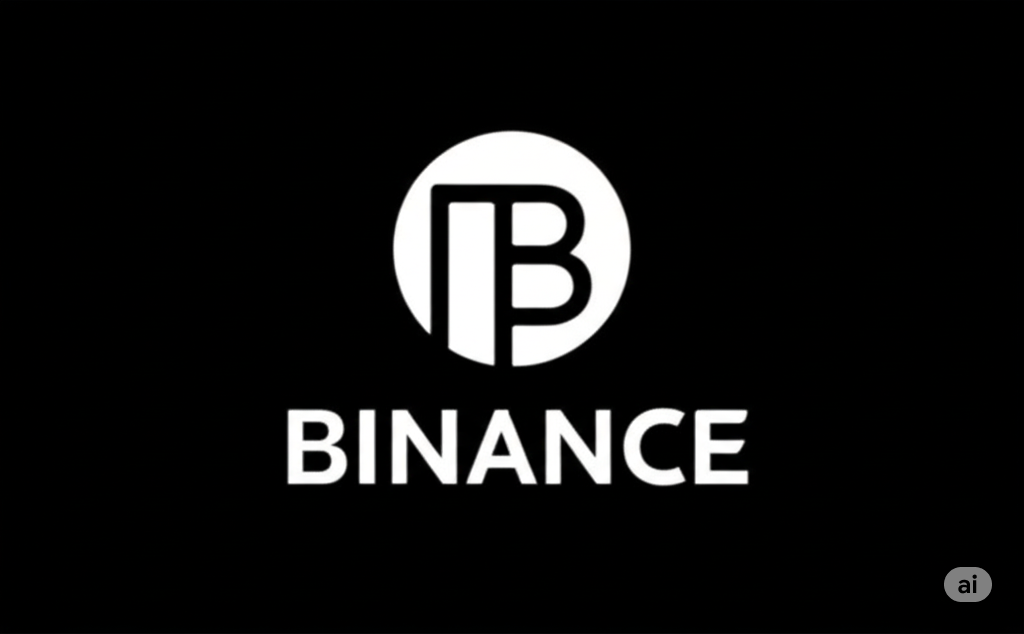The cryptocurrency market is a dynamic and rapidly evolving space, making long-term predictions a challenging endeavor. As we look towards 2025, several factors suggest potential trends and shifts in the landscape. However, it’s crucial to remember that these are speculative outlooks, and the actual trajectory of the market can be influenced by unforeseen events and technological advancements.
Factors Potentially Shaping the Crypto Market in 2025:
- Regulatory Landscape: The evolution of regulations across different jurisdictions will likely play a significant role. Increased clarity and standardization could foster greater institutional adoption, while stricter or unfavorable regulations could hinder growth in certain regions. Keep an eye on developments in major economies and international collaborations on crypto oversight.
- Institutional Adoption: The level of involvement from traditional financial institutions is a key indicator. Continued investment in infrastructure, the launch of new crypto-based financial products (like ETFs or derivatives), and corporate adoption of cryptocurrencies for treasury management or payments could inject significant capital and stability into the market.
- Technological Advancements: Developments in blockchain technology, such as scalability solutions, interoperability protocols, and advancements in smart contract platforms, could drive the adoption of new use cases and improve the efficiency of existing ones. The progress of Web3 technologies and the metaverse will also likely intertwine with the crypto market.
- Mainstream Adoption: The extent to which everyday consumers embrace cryptocurrencies for payments, investments, and other applications will be crucial. Factors like user-friendliness of platforms, security concerns, and the perceived value proposition of digital assets will influence this.
- Macroeconomic Conditions: Global economic factors, such as inflation rates, interest rate policies, and overall market sentiment, can indirectly impact the cryptocurrency market. Cryptocurrencies have, at times, been viewed as a hedge against inflation, but their high volatility can also make them susceptible to risk-off sentiment.
- Decentralized Finance (DeFi) Evolution: The DeFi sector is constantly innovating. The emergence of more secure, user-friendly, and scalable DeFi protocols, as well as their integration with traditional finance, could lead to significant disruption and opportunities.
- Central Bank Digital Currencies (CBDCs): The progress of CBDC development and potential launches by major central banks could have a complex impact on the broader cryptocurrency market. They could provide a digital alternative to cash but also pose competition to existing cryptocurrencies.
- Environmental Concerns: The environmental impact of certain cryptocurrencies, particularly those using Proof-of-Work consensus mechanisms, remains a concern. The shift towards more energy-efficient alternatives and the development of sustainable crypto solutions will likely be a continuing trend.
Potential Scenarios (Illustrative, Not Predictive):
Given these influencing factors, here are a few possible (but not definitive) scenarios for the crypto market in 2025:
- Continued Growth and Maturation: Increased regulatory clarity and significant institutional adoption could lead to a more mature and stable market with broader acceptance and integration into the traditional financial system.
- Increased Volatility and Sector-Specific Growth: The market might continue to experience significant volatility, with certain sectors (e.g., DeFi, NFTs, metaverse-related tokens) experiencing rapid growth while others stagnate or decline.
- Regulatory Headwinds: Unfavorable or inconsistent regulations could stifle innovation and lead to market contraction or geographical shifts in activity.
- Technological Disruption: A breakthrough in blockchain technology or a major security vulnerability could significantly alter the market landscape.
Navigating the Uncertainty:
Instead of focusing on specific price predictions (which are inherently unreliable), it’s more prudent to:
- Stay Informed: Continuously monitor regulatory developments, technological advancements, and macroeconomic trends.
- Understand Risk: Recognize the inherent volatility of the cryptocurrency market and invest accordingly.
- Diversify: Avoid putting all your eggs in one basket and consider a diversified portfolio.
- Focus on Fundamentals: Research the underlying technology and use case of the projects you invest in.
Conclusion:
Predicting the future of the cryptocurrency market in 2025 is an exercise in navigating uncertainty. While several factors point towards potential growth and maturation, the market remains susceptible to regulatory shifts, technological disruptions, and broader economic conditions. A cautious and informed approach, focusing on understanding the underlying trends rather than chasing speculative gains, is the most sensible strategy for navigating this dynamic landscape.












Leave a Reply